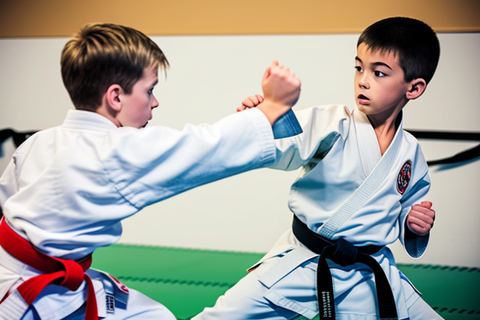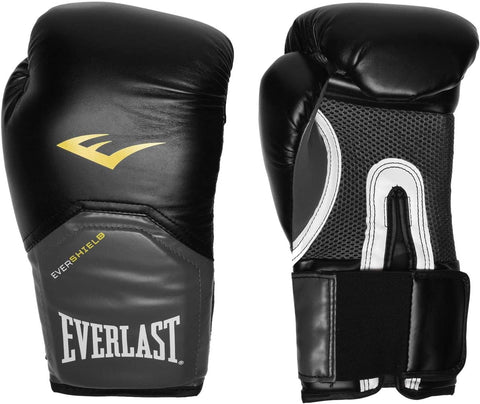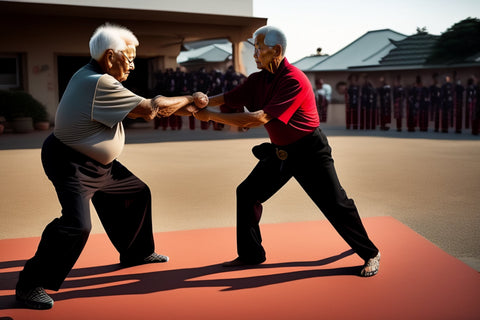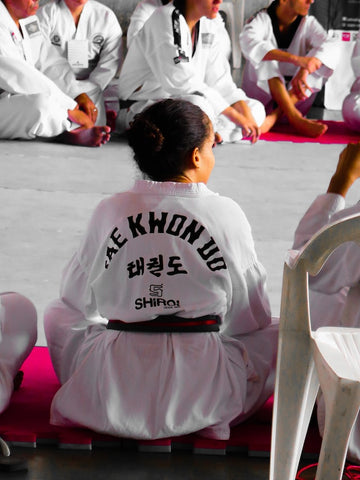How Weights Are Made
An event in Olympic that best shows a person's strength is the weight lifting event. Each Olympic weight plate is 10 kilograms (22 lb) or more are 450 millimeters (18 in) in diameter and made mostly in steel, which is more expensive t than the standard cast iron or cement. The maximum weight an Olympic bar can take is 750kg.
How Weights Are Made
The material used (traditionally cast iron) is shaped by pouring molten iron into a sand mold to shape it, and letting it cool to harden.
- Cast iron is formulated specifically for this purpose because of its low melting point, ie: you don’t need to heat it as much as other iron alloys to turn it into liquid.
- The plates are then painted, and preferably the paint is baked on in an oven.
- This hardens the surface, protecting against scratching and chipping.
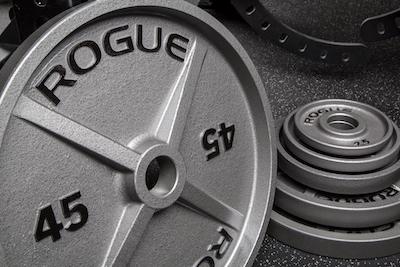
What are weights made of
Nowaday, weights are made from a variety of materials such as
Rubber Weights are Budget-Friendly
Rubber Olympic plates are an affordable option for entry level weightlifters that offer decent quality in terms of durability. They tend to be quieter when dropped than other materials and provide good shock absorption to reduce noise levels in the gym. On the downside they do chip easily which leads to scratches over time if not handled with care.
Plastic Weights Provide Great Durability
Plastic plates are usually injection molded meaning they're extremely durable with no weak spots that could potentially break under heavy use. The downside is that plastic tends to be more expensive than rubber due to production costs since it must be heated up before being shaped into a plate. It can also take on an unpleasant odor after extended use – another incentive for investing in higher quality weights!
Foam Weights Offer Low Cost and Light Weight Performance
Foam weights, often referred to by their brand name ‘Neoprene’ weights, offer affordability but lack in performance value when compared against traditional metal weight plates due to their lightweight nature (most types have max capacity of around 10kg). Foam tends to tear easily so these are probably better suited to lighter exercises such as Pilates or yoga where less impact is expected during workouts rather than intensive powerlifting training sessions.
Steel and Cast Iron Weights Are Suited For Serious Weight Lifters
Steel and cast iron plates provide greater maximum capacities compared with their foam and plastic counterparts (20-50kg), making them preferable for those interested in high endurance work outs like powerlifting or Olympic lifting. As metal has greater longevity than plastic or rubber it will provide many years of use; however it comes at a higher price point and will require more effort to lift than comparable options due to its greater mass density – something which needs some serious consideration before purchase!
Coating of weights can also be rubber or urethane-coated.
- Rubber - weights may be cheap but have a strong odor that can be unpleasant for users. Rubber-coated weights can also degrade from sunlight.
- Urethane-coated - More expensive than rubber-coated. These weights are durable and more shock resistant than rubber-coated weights. These weights have greater wear strength and warranty as compared to rubber-coated weights. And finally, the urethane will not produce odor even it is used for a long time.
High-quality weights such as Hampton uses interchangeable weight disks, and weight is distributed evenly. So, in this case, even heavier weights wouldn’t put too much stress on your wrists. Another important thing that must be considered is weight storage. Hex-head weights offer limited storage options, while disc-style weights provide more flexibility and storage spaces.
Cheap Homemade Weights
The purpose of the weights is to keep you fit and keep your body in shape.
- In just $10, you can make your free weights. It can be a perfect choice to add resistance to your workout routine. Go to the local hardware store; take PVC scrap tubes, wet sand, glue, and sandpaper. Your homemade weight is ready in just a few minutes.
- Fill a clean plastic jug with water, sand, or concrete. Make sure that jug has a handle, and it will allow you to complete your exercise. Make use of this handle to lift and lower the jugs as you would do with any hand weight. With this hand weight, you can perform tricep exercises, pec flyes, bent over rows, and shoulder raises. For lunges and squats, you can hold these weights to your sides.
- Use canned goods as hand weights. Pick up canned goods that fit into your hands. If you are starting your workout and want to build muscles, then the canned goods can be useful. Larger-canned goods can be used as heavier weights.
- Plastic water bottles can also be used as dumbbells. Take your plastic bottles and fill them with pebbles, sand, or water. While filling any of the material, make sure that weight is equal in both the bottles. Lift the bottles similarly as you would lift the dumbbells.
- Take an old basket and drill a hole in it. The hole should be large enough to insert weighted material. Put the funnel in a hole and add sand or pebbles into it until you achieve the desired weight. A bike tire patch kit or duct tape can be used to fill the hole. This weight can be used as a medicine ball.
- Use socks to make wrist weights. Take dry beans and fill beans into clean socks. For heavier weights, you can use pebbles. Glue or sew the open end of the sock. Use Velcro on both ends so that you can easily remove them. Take the help of a scale to measure and balance weight. Fill the socks as much as you want and cut the excess fabric. For heavier weights, use large-sized socks. When you are choosing a sock, make sure that it is large enough that can be easily wrapped around your wrist. Keep filling it until it completely wraps around your wrist and then seals the ends and cut the excess fabric.
- For mini weights, use beans or rice packets. For a beginner, these packets can be useful and more than enough. These packets can be suitable for small weight lifting moves and bicep curls.
- The bicycle tire tube can also be cut and turned into hand weights. Take a tube and cut it into two equal lengths. First, secure one end, using duct tape, and then fill sand and do the same to secure the second end. Another way is to leave them flat and turn them into circles when their ends start touching, put a duct tape. It is the best method to make weights of different sizes. Use a scale to measure the weight, and start with one to three pounds, and then after some time tries 5 or 8 pounds.
These are homemade ways to make your hand weights. If you want to buy weights from the market, and you are considering which weights are right for you, don’t just consider the price. It is better to invest in high-quality weights that are made from better material, offer excellent grip, and weight distributions. All these factors will make your weight a good purchase.
Have you ever wanted to know the average weight and height of a sumo wrestler? We discuss our findings on this fascinating sport - read on to find out more!
Sky Hoon. About
Martial Art Fan
He started his love on martial arts by watching MMA and Angela Lee. He then started this blog to learn more about the different martial arts.
Other Posts By Author

